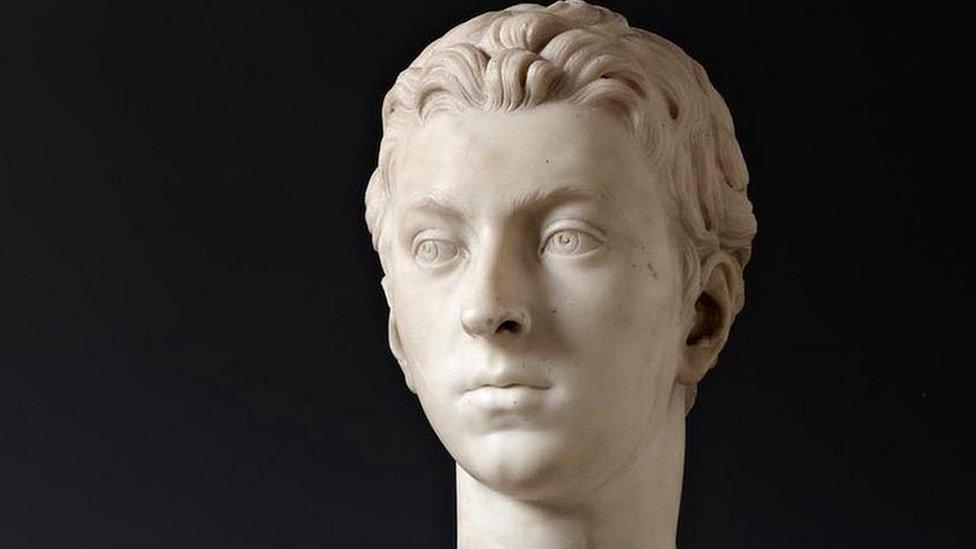What do you do with a £5 statue worth millions?
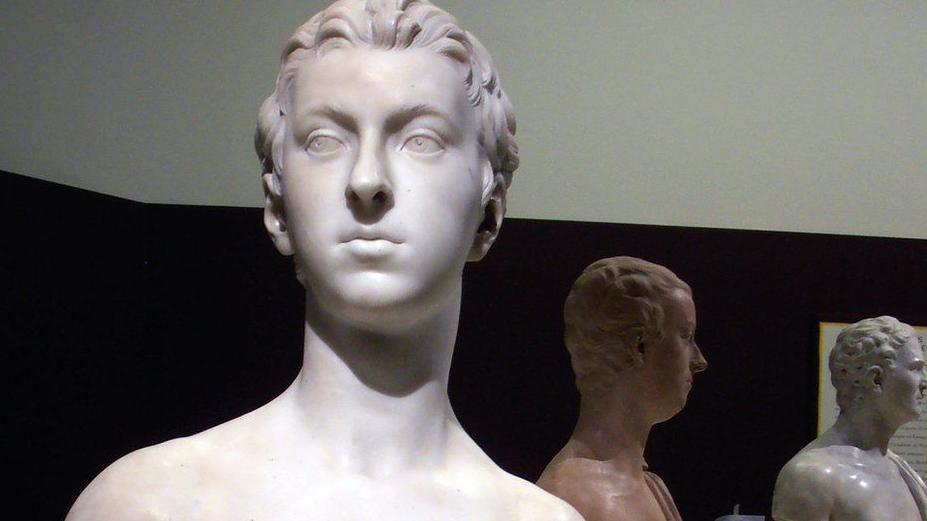
An offer of more than £2.5m has been made for the purchase of the Sir John Gordon bust
At a glance
Highland Council is to hold a public consultation on the future of a sculpture made by a famous French artist and found being used as a doorstop
The local authority has had an offer of more than £2.5m for the bust of Sir John Gordon
Any sale would see funds going to the community of Invergordon
Art historians argue that the sculpture should be saved for Scotland
- Published
It was bought for just £5 and found lying in a shed - but now views are split over the fate of a sculpture that could bring them millions.
The sale of the 295-year-old bust would be a windfall for the people of Invergordon, but art historians say it should be saved for Scotland.
Made by French artist Edmé Bouchardon, the bust is of 18th Century Highland MP and landowner Sir John Gordon, whose family founded the town of Invergordon on the Cromarty Firth.
Highland Council, which is looking after the artwork on the town's behalf, has been offered more than £2.5m by a private overseas buyer.
Councillors discussed the potential sale and other options at a meeting on Monday.
They agreed a public consultation should be held on the bust's future.
"A few people have joked 'you should have taken it home when you saw it'," local councillor Maxine Smith said.
Ms Smith was a member of Invergordon Community Council in the late 1990s when the bust was discovered in a shed on an industrial estate.
At the time she had been trying to find the whereabouts of former Invergordon Town Council's historic provost robes and chains.

Maxine Smith had gone in search of historic provosts' robes when she stumbled across the sculpture
She was told the items were likely to have been stored in a "wee shed" in nearby Balintore, and she arranged a visit to see for herself.
"A council officer opened the padlock and inside there was an interior door," Ms Smith said in an interview with BBC Radio's Good Morning Scotland.
"There was a bust holding open this door," she added.
But inside the dark and crammed shed, Ms Smith's attention was not drawn to the sculpture, but to ceremonial robes and chains draped on mannequins and also a small collection of paintings.
"The pictures looked quite expensive, and I ignored this thing on the floor," she said.
But someone else in the small group with her spotted the bust and recognised it as sculpture of Sir John Gordon.
Ms Smith believes that at some point over the years council building closures led to the bust and other items being "shoved in the shed".
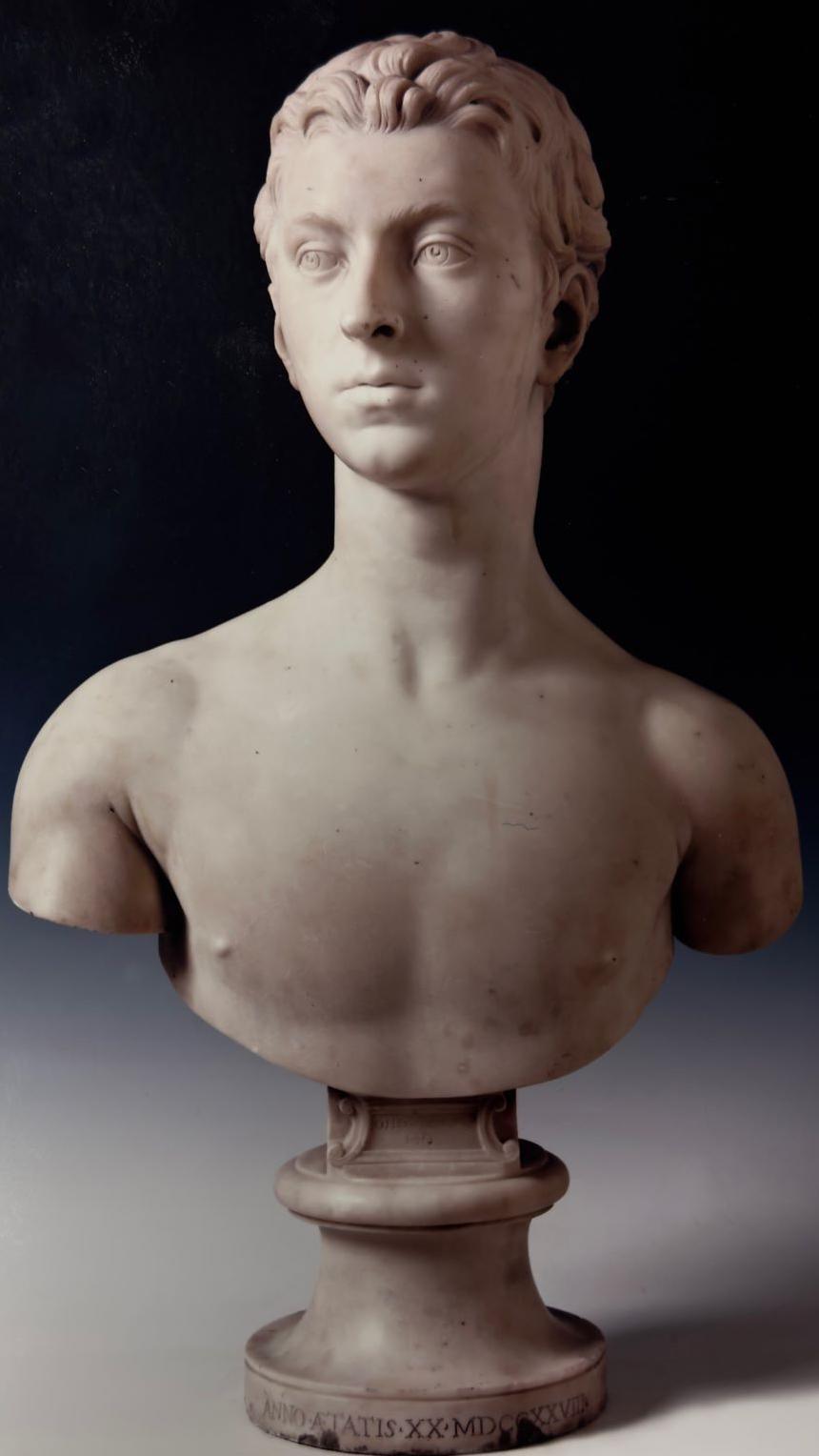
In the years that followed the discovery, work was carried out to find out who owned the bust. Some people suggested it belonged to a local earl.
It was not until 2019 that Highland Council was able to confirm who owned it.
Ms Smith said a diligent council officer uncovered documents showing that Invergordon Town Council bought the artwork for £5 in 1931 at an auction in Kindeace, north of Invergordon.
The purchase had been made on behalf of the local community.
Valuations have been sought over the years. The first estimation was about £125,000m before rising to £1.4m last year and now to more than £2.5m.
The sculpture has also been displayed at The Louvre in Paris, and J Paul Getty Museum in Los Angeles.
Ms Smith believes selling the bust would be of huge benefit to Invergordon and the surrounding area. She says the money could be used to provide grants.
"In Invergordon we have areas of social deprivation but no funding to put into anything," she said.
She added: "Volunteers have to remove weeds from the high street because the council doesn't do that any more."
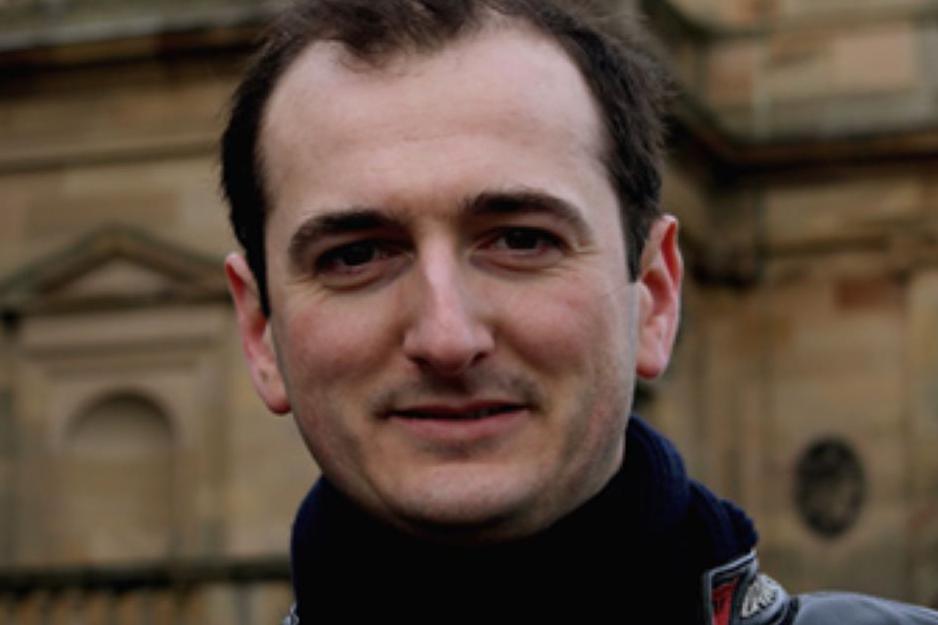
Art historian Dr Bendor Grosvenor says the bust should be loaned to a museum
Others argue the bust should stay in Scotland, and be displayed in a museum.
Art historians say the piece has cultural significance, and among the reasons for this is the story behind it.
Sir John, a member of wealthy family, was about 18 or 19 and touring continental Europe when he encountered Bouchardon in Rome.
Bouchardon, the son of an architect, was 30 and still trying to carve out a career as a sculptor.
The commission to create Sir John's bust was one of the artist's earliest pieces. Bouchardon would go on to create sculptures for French royalty.
Scottish Borders-based art historian Dr Bendor Grosvenor described the Invergordon bust as an exceptional piece of art.
He added: "Bouchardon was hailed as the greatest sculptor of the early 18th Century.
"Here is this work of art that has fallen into the lap of Highland Council for no money at all and it seems all they want to do is sell it for a lot of money to someone outside Scotland, when really there is no reason they can't lend it to Inverness Museum or National Galleries of Scotland or National Museum of Scotland."
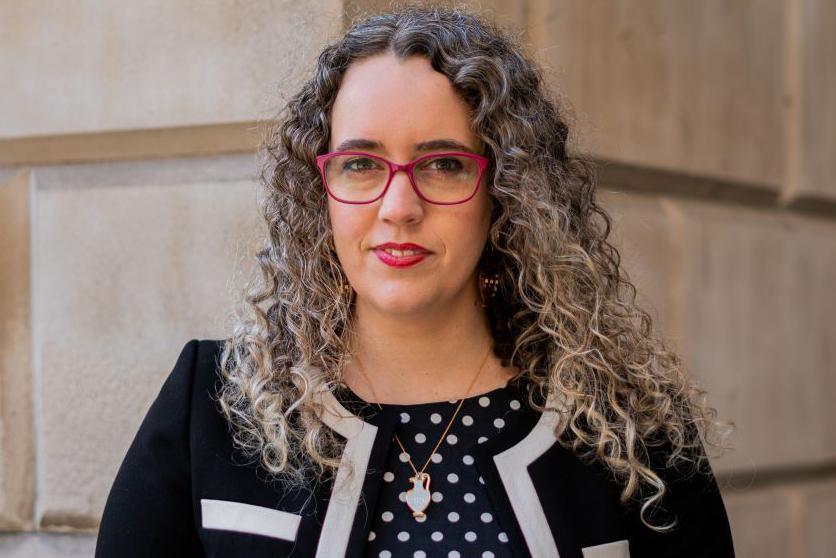
Dr Caroline McCaffrey-Howarth says the artwork is culturally important to Scotland
Dr Caroline McCaffrey-Howarth, a lecturer in history of art at the University of Edinburgh, said it would be a shame if the bust went overseas, although she added that rules around the sale of significant artwork might prevent this from happening.
She said the piece was important because it was made at a pivotal time in Bouchardon's career, adding that it has incredibly detailed chisel work.
"As far as I am aware it is the only Bouchardon we have in Scotland and it is important we have that connection," Dr McCaffrey-Howarth added.
Related topics
- Published26 October 2023
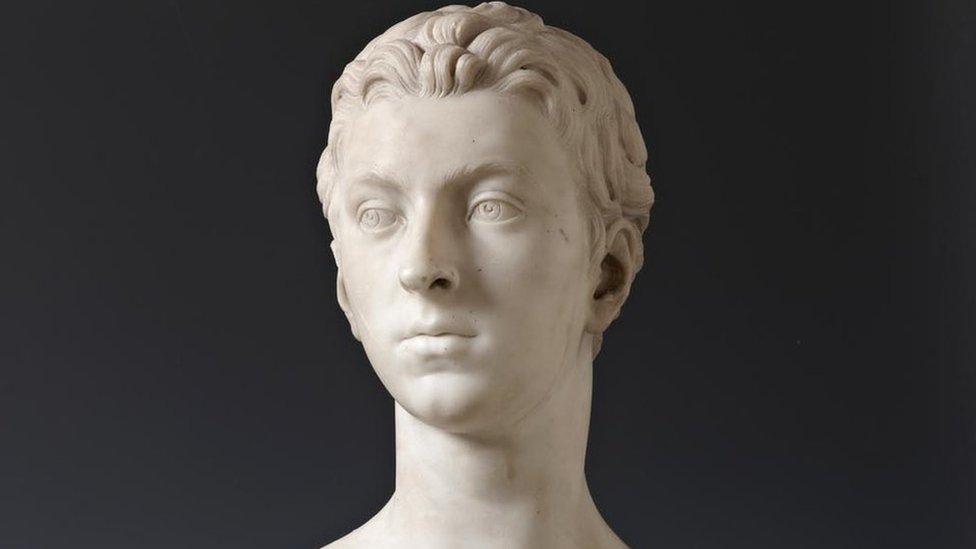
- Published30 August 2022
